In my opinion, the beef roast is a seriously underappreciated cut of meat. Even way back in the day when I have no idea how we ever survived, Jesse and I both could make a decent roast.
When we first started making the shift to eating grass-fed beef, all I ever heard was how there was no fat, it was stringy, tough, lacked taste, enter all other misconceptions out there about grass-fed beef. So not true! A lean grass-fed roast has excellent flavor without ending up with a pile of fat and a little beef after cooking. It's one of our favorite meals, especially our 2-year-old, Eliza. The kid can eat an impressive amount of beef.
Not only are beef roasts super delicious, they are incredibly quick to prep and toss in the oven or slow cooker.
Option #1 - Crockpot Roast
This roast is perfect for the crazy Wednesday when life is slightly out of control, you have nothing prepared or thawed and are already late for work. This happens more than I would like to admit.
Step 1 - run to freezer and pull out roast
Step 2 - take roast out of package and put in slow cooker. Make sure to pull off the thin little paper wrapper. Don't ask why I remind you of this.
Step 3 - add salt and pepper
Step 4 - cover the roast about 2/3 of the way up with water or beef broth. See rant below about store bought beef broth.
Step 5 - set the slow cooker on low and let it do it's thing for about 10 hours
If you're feeling extra ambitious or have a few minutes to spare, you can add in carrots, onions, potatoes, garlic. If not, make mashed potatoes and a vegetable at dinner time and enjoy!
Option #2 - Oven Cooked Roast
This roast is a perfect option for a Sunday dinner when you have a little more time to enjoy cooking. It's still not a whole lot more involved, but the couple extra steps make this option a bit more "fancy" than a Crockpot Roast. Plus, the side dishes cook at the same time.
Less time cooking and fewer dirty dishes... a win-win in my book. You will need to plan ahead and let the roast thaw in the fridge for a day or two before cooking.
Step 1 - using a dutch oven, add a few tablespoons of oil (I typically use lard or butter) and let it heat up. I set the burner on medium.
Step 2 - take your thawed roast out of the package, pat dry with paper towels, rub salt and pepper onto all surfaces. Course salt is best, but use what you've got on hand.
Step 3 - once the dutch oven is hot, sear the roast just long enough to make a nice crust, about 2 minutes per side. Don't forget to use tongs and hold the roast up to sear the sides! Or don't. It really will be fine either way.
Step 4 - Once it’s seared, nestle that delicious roast into the dutch oven and cover about 3/4 of the roast in beef broth (either homemade or store bought - see rant below), water will also work, and add carrots, onions, potatoes, garlic, or whatever else you have on hand. Don't have all those? Just toss in what you do have. You can't screw this up, I promise. Adding a few splashes of dry red wine also adds great flavor!
Step 5 - let the roast cook at around 300 degrees for around 3 hours or until it's nice and tender. The timing will depend on the size of your roast and whether your oven temp is accurate. Mine is a guessing game.
Note - Don't be afraid to adapt or even leave things out of this recipe. I live 25ish minutes from the closest grocery store so for the most part if I'm missing some spice or ingredient the recipe calls for in small amounts, I just skip it and move on. Don't be scared! It will still be awesome.
Ok, short rant on store bought broth. A lot of store bought beef broth has "Caramel Color" as one of it's ingredients, even organic brands. As a person with sensitives to artificial colors, flavor, sweeteners, etc. this is super annoying. So if you're weird about that ingredient like I am, be sure to check the labels and avoid those brands. Rant over.
If you're interested in making your own beef broth, this is my highly non-complex recipe.
Roast your beef bones, sliced shank, beef for boiling, whatever cut you're using in the oven until they are browned. I toss everything in a slow cooker, cover with filtered water, add whatever veggies you have on hand, and let it hang out cooking on low until I have time to strain and package it. Sometimes that's overnight, sometimes it's a couple days.
I don't usually can broth, I just let it cool then put 2-4 cups in freezer bags and keep frozen until I need them. I would also recommend freezing some in ice cube trays for when you only need a small amount, but I haven't made that happen yet. You'll find me bashing a giant chunk of frozen beef broth against the counter to break off a few bits. It works, but it's not pretty.
Leftover roast can be used on sandwiches, in vegetable beef stew, in tacos, or frozen for later. This is an easy way to cook once then have lots of options for new meals throughout the week!
If you’re interested in having more recipes and stories from the farm delivered directly to your inbox, hit the button below and join our email farm community! There’s no time for spammy emails around here, email is just the best way we’ve found to keep you in the loop with what’s happening!

